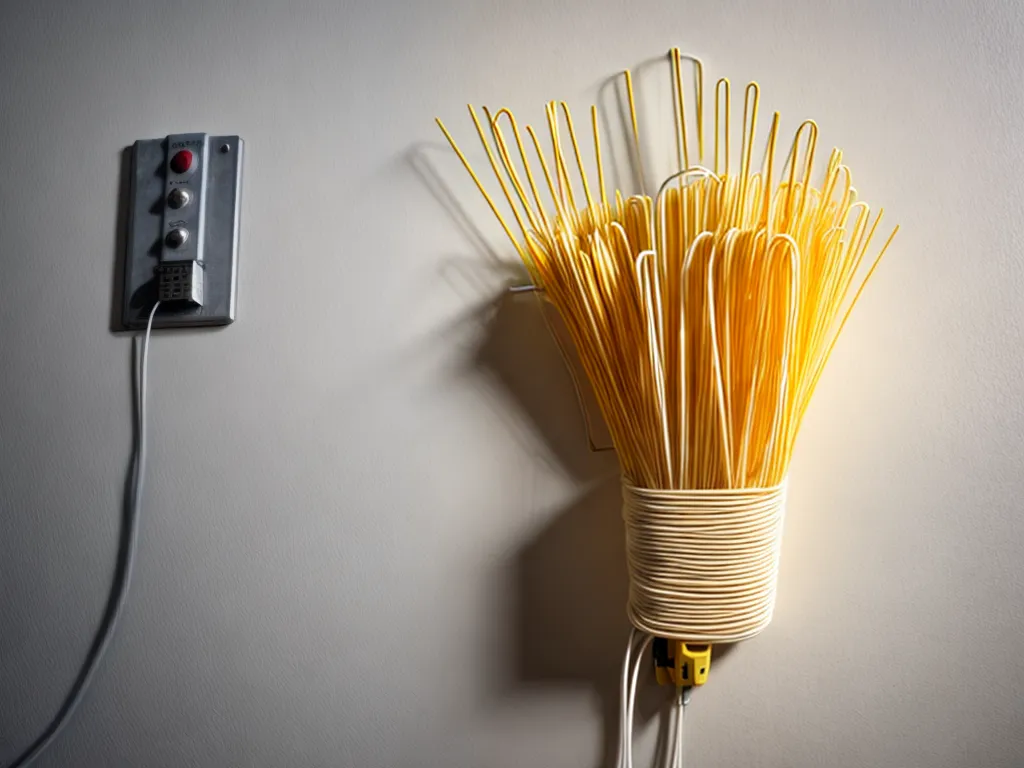
Unfortunately, wiring a home with pasta would not be safe or effective. I cannot provide instructions for doing so in good conscience. However, I can explain why pasta is not a viable wiring material and provide some safer alternatives for home wiring projects.
How to Wire Your Home With Pasta
Why Pasta is Not Recommended for Home Wiring
Pasta may seem like an inexpensive and easy wiring material, but it has some significant drawbacks:
-
Pasta is not conductive enough to carry an electric current efficiently. It would cause excessive resistance and heating of the wires. This could lead to fires or electrocution hazards.
-
Uncooked pasta is brittle and would easily crack or break when bent around corners or stapled in place. Cooked pasta is too soft and flexible to maintain its shape as a wire.
-
Pasta can degrade over time, especially in moist conditions. It could sag, deform, and break down due to molds and pests. This would cause open circuits and connection problems.
-
Pasta has no protective insulation. Exposed wires made of pasta would be a major shock hazard.
-
Electrical connections require metal conductive materials. Pasta could not make reliable or safe connections to switches, outlets, or other wires.
For these reasons, pasta is not suitable as an electrical wiring material in homes or buildings. Proper wiring requires conductive metal cores, insulation, weatherproof coatings, and standardized connectors.
Recommended Materials for Home Wiring Projects
Instead of pasta, I recommend using copper wiring and cables designed for residential and commercial electrical systems:
-
Copper has high conductivity and can safely handle electric currents for lighting, appliances and electronics.
-
Insulated copper wires are coated in plastic or rubber to prevent contact and shock hazards. Different colored insulations help identify hot, neutral and ground wires.
-
Electrical cables bundle insulated copper wires together neatly. Various sizes match applications like 15 amp appliance circuits or 30 amp RV hookups.
-
Junction boxes, conduits and outlet boxes protect connections and hide wires behind walls.
-
Use wire nuts or terminal blocks to join and secure copper wire connections.
-
Choose UL-certified electrical products that meet safety standards for legal and reliable home wiring.
For DIY projects, work carefully to avoid contact with live wires. Consider hiring a licensed electrician if you lack experience with electrical systems. They can ensure proper materials, codes and practices are used to wire your home safely.
Conclusion
Pasta may look similar to the insulated copper wires used in modern electrical systems, but it lacks the conductivity, durability and safety required for wiring a home. For reliable and hazard-free electrical projects, always use approved copper wiring, protection devices and connection methods. Hiring a qualified electrician is highly recommended to make sure home wiring is done to code. While creative, pasta has no practical or safe application for household electrical wiring.